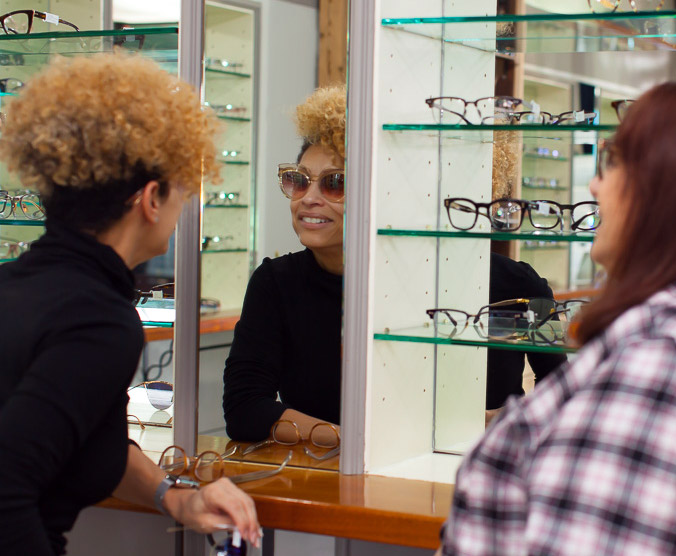Matching your prescription with the best lens technologies will enable your eyeglasses to meet your demands for vision and style.
Advancements in materials, progressive designs and anti-reflective coatings are a few of the options available to make your eyeglass lenses thinner, lighter, more attractive and more functional. Computer use creates a unique strain on eyes. Many of us experience some degree of dry eyes, blurred vision, headaches, neck ache or fatigue with extensive computer use. Specialized lenses have been created to relax your eyes and provide a variable focus that makes your computer and office work less stressful and more productive.



